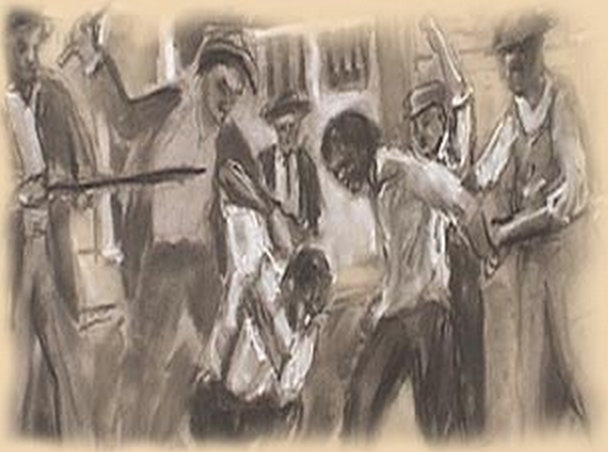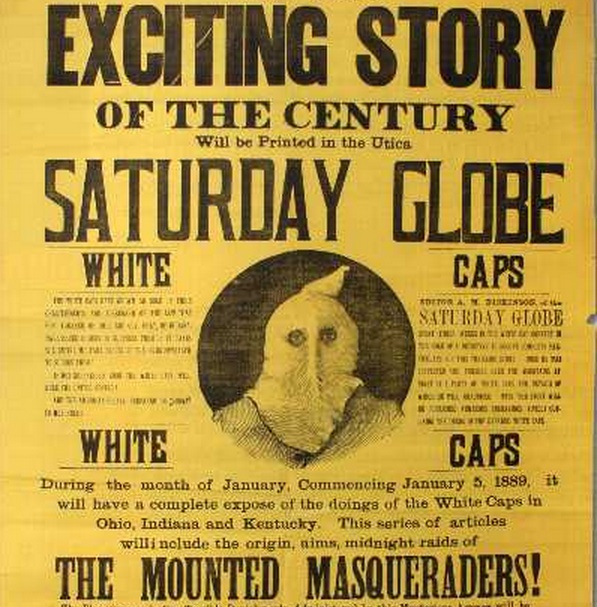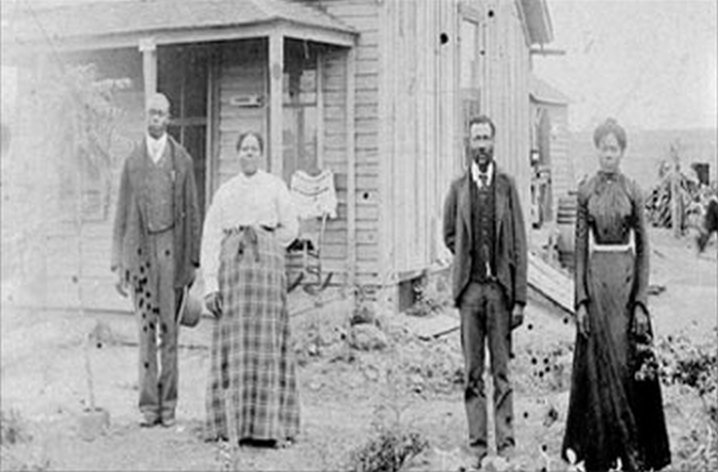- 8 Heartbreaking Cases Where Land Was Stolen From Black Americans Through Racism, Violence and Murder
By
A Moore
In his 2007 documentary
Banished, filmmaker Marco Williams examined four examples of primarily white communities violently rising up to force their African-American neighbors to flee town. This became one of the techniques used to sabotage Black land ownership, a devastating trend in the 19th and 20th centuries that
robbed Blacks of millions in generational wealth.
In 2001, results from an 18-month investigation of Black land loss in America were published by
The Associated Press. It turned up 107 of these land takings, 57 of which were violent, the other cases involved trickery and legal manipulations. Here are eight of these heartbreaking stories.
Birmingham, Kentucky
Today, the town of Birmingham, Kentucky, lies under a floodway created in the 1940s. But at the start of the 20th century, it was a thriving tobacco town with a predominantly Black population. It also was a battleground during a five-year siege by white marauders called Night Riders.
On the night of March 8, 1908, about 100 armed whites on horseback raided the Black part of the town, shooting seven people, three of them fatally. The
AP documented 14 cases where Black landowners were driven from Birmingham. Together, they lost more than 60 acres of farmland and 21 city lots to whites – many at sheriff’s sales, all for extremely low prices.
 Pierce City, Missouri
Pierce City, Missouri
In Pierce City, Missouri, 1,000 armed whites burned down five Black-owned houses and killed four blacks on Aug. 18, 1901. Within four days, all of the town’s 129 African-Americans fled, never to return, according to a contemporary report in
The Lawrence Chieftain newspaper. The
APdocumented the cases of nine Pierce City Blacks who lost a total of 30 acres of farmland and 10 city lots. Whites bought it all at bargain prices.
Ocoee, Florida
A total of 330 acres plus 48 city lots owned by 18 Black families living in Ocoee, Florida, were lost after a violent Election Day attack on the Black community in 1920, known as the Ocoee Massacre. Some were able to sell their land at a fair price, but most were not. In 2001, the land lost by the 18 Ocoee families, not including buildings now on it, is assessed by tax officials at more than $4.2 million, according to the
AP report. The true market value is probably a lot more.
Hickman, Kentucky
After midnight on Oct. 4, 1908, 50 hooded white men surrounded the home of a Black farmer in Hickman, Kentucky, named David Walker. The mob burned his house down after Walker shot at them and refused their orders to come out, according to contemporary newspaper accounts.
Walker ran out of the burning house with four young children and his wife, who was carrying a baby in her arms. The mob shot them all, wounding three children and killing the others. Walker’s oldest son died in the flames. No one was ever charged with the killings, and the surviving children were denied access to the land their father died defending.
Land records show that Walker’s 2 1/2-acre farm was added to the property of their white neighbor. The neighbor soon sold it to another man, whose daughter owns the undeveloped land today.







